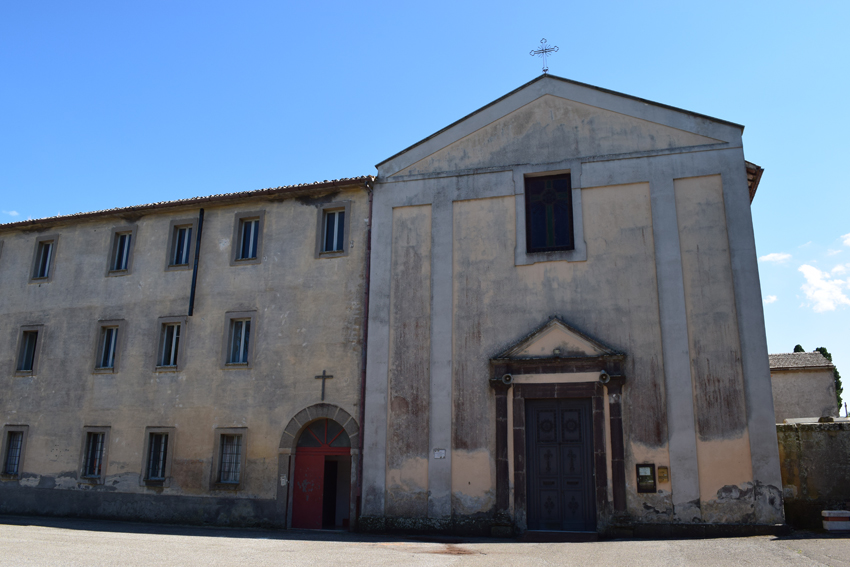The sanctuary of the Madonna della Salute dates back to the second half of the 15th century and is located near the Valentano cemetery.
Its construction is due to the brigand chief Francesco Portici who after having repented he had taken refuge in exile in the nearby wood and had begun to build a small chapel with a hermitage.
This first small chapel was made with stones collected on the spot to protect an image of the Virgin with the Child in her arms and became a place of pilgrimage.
The painting was called with the name of the hermit: The Madonna del Cecchino (diminutive of Francesco).
When he died at the end of the 15th century, the chapel was already a destination for pilgrimages.
In 1506, some religious of the order of Saint Augustine built the sanctuary and a church with an altar dedicated to the 'Madonna della Salute'.
The sanctuary has had stages of splendor and decline.
Shortly after, the church dedicated to Santa Maria della Salute was built but the complex was in fact abandoned during the Castro war between the Farnese family and the Catholic church in 1649.
At the beginning of the eighteenth century it was entrusted to the Franciscan friars who built the convent.
Today the church has a simple hut-shaped facade enriched by some stucco reliefs. These reliefs are characterized and stand out thanks to a different color.
Inside as a single room covered by a decorated barrel vault in which windows open that illuminate the interior in a suggestive way.
The church is divided into two sections, in front there is a large central altar with other altars placed in side niches.
Behind the large altar, the church ends with a small room that houses the wooden choir.
Inside the church you can admire the statue of the Madonna that every year is carried in procession with her 'machina'. This dates back to 1831 by all the inhabitants of Valentano as thanks for the protection granted during the plague.
The church has a choir loft and a pipe organ from 1852 with deep and expressive sounds.







Follow us